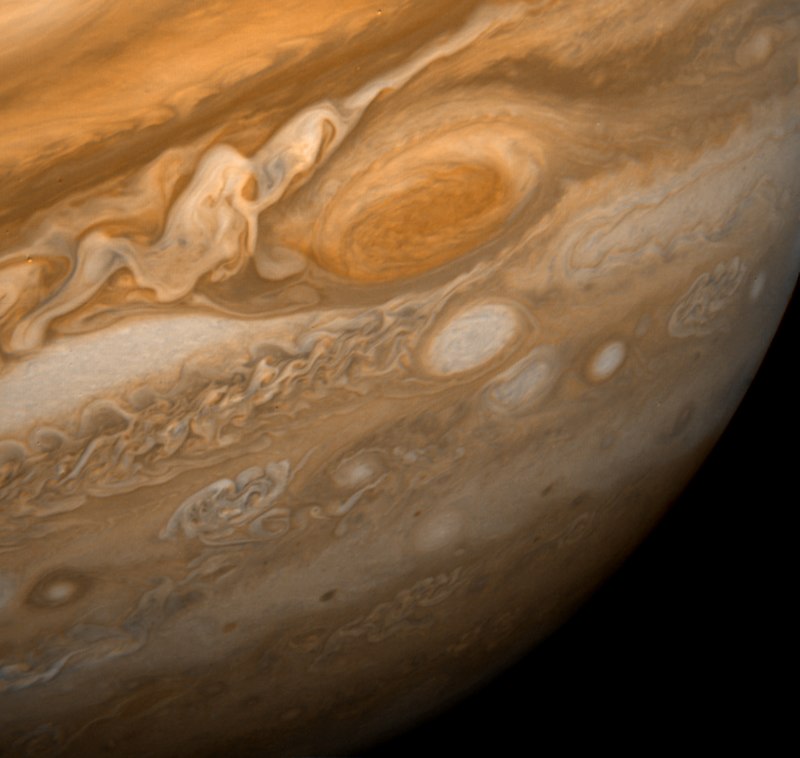Voyager 1 Set to Become First Human-Made Object a Light-Day Away

In November 2026, a historic milestone will be reached when Voyager 1, a NASA spacecraft launched in 1977, becomes the first human-made object to travel a light-day away from Earth. This achievement underscores the remarkable journey of Voyager 1, which has been traveling through space for nearly five decades. As of now, it is approximately 166 astronomical units from Earth, a distance that will require an additional year of travel to cross the threshold of a light-day, defined as the distance light travels in 24 hours, or roughly 86.4 billion miles.
Voyager 1 was designed to explore the outer planets of our solar system and has since entered interstellar space, providing invaluable data about cosmic phenomena. According to Dr. Emily Carter, a physicist at the California Institute of Technology, "The Voyager mission has revolutionized our understanding of the heliosphere and the boundary of our solar system. The upcoming milestone of reaching a light-day away from Earth is a testament to human ingenuity and our quest for knowledge beyond our planet."
The spacecraft currently communicates with Earth, where it takes about 23 hours and 5 minutes for signals to travel one way. By the time it reaches the light-day distance, the communication delay will extend to a full 24 hours. This means that any message sent from Earth on the day of Voyager 1’s 50th anniversary in September 2027 would need to be sent one day in advance to ensure it arrives on time.
NASA’s Voyager program has faced numerous challenges over the years, including technical issues and the harsh conditions of space, but its contributions to science remain unparalleled. Dr. Alan Stern, a planetary scientist at the Southwest Research Institute and principal investigator for the New Horizons mission, remarked, "Voyager 1 is not just a spacecraft; it’s a time capsule of our civilization, carrying our message to the stars. As it travels further into the cosmos, it continues to teach us about the universe and our place within it."
The implications of Voyager 1’s journey extend beyond mere distance. It serves as a reminder of the vastness of space, as articulated by Douglas Adams in "The Hitchhiker’s Guide to the Galaxy": “Space is big. Really big.” The upcoming milestone encapsulates the slow yet steady pace of human exploration in contrast to the immense scale of the universe. As Voyager 1 approaches this light-day distance, it highlights both the achievements and the limitations of our technological advancements in space travel.
In a broader context, the Voyager missions have inspired generations of scientists and engineers, fueling interest in space exploration and advancing technologies that have applications on Earth. The milestone in November 2026 will not only mark a significant achievement for NASA but also for humanity's quest for understanding and exploration. Looking ahead, as the Voyager spacecraft continue their journey, they will undoubtedly pave the way for future missions and technologies aimed at exploring even farther reaches of the cosmos.
As we anticipate this milestone, the scientific community is reminded of the importance of continued investment in space exploration. According to the National Aeronautics and Space Administration (NASA), funding for planetary science has seen fluctuations over the years, which could impact future missions. Thus, as we celebrate Voyager 1’s achievements, it is crucial to advocate for sustainable funding and support for ongoing and future space exploration endeavors.
Advertisement
Tags
Advertisement





